In my hometown, in my family home, there is a set of books bound in red leather, which I used to devour when I was a kid. It was about the History of France, and it was wonderfully written and illustrated. And among those illustrations, no other painting in it made more impression on me than the one called "The siege of La Rochelle".
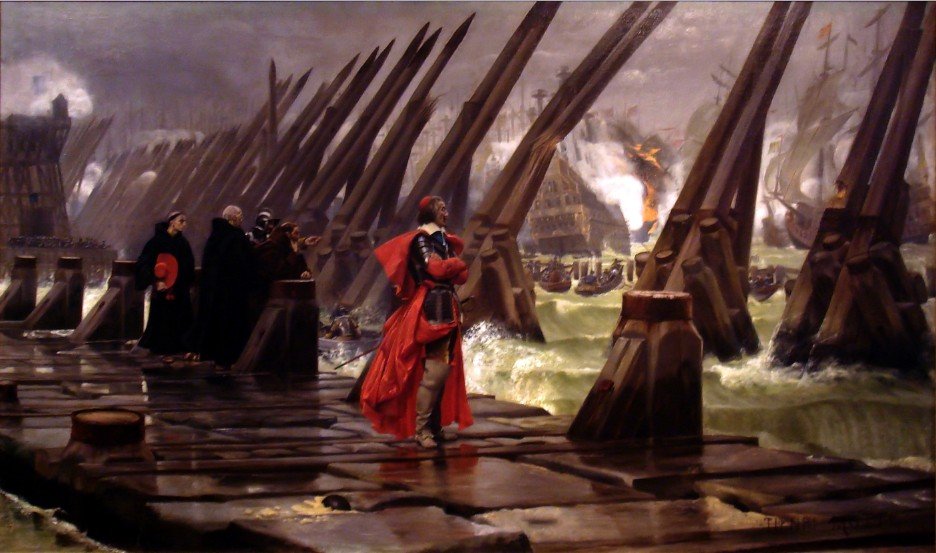
The painting : wide scale and great staging
This painting is 1,90m wide and 1,12m high and exposed at the Musee of Orbigny in La Rochelle, a city on the Atlantic coast of France. It was painted by Henri-Paul Motte in 1881, in a typical grandiose manner of a XIXth century hungry for big epic historical subjects. I never could see in person, but what impacted me more than anything else was its staging.
Here you have the Cardinal of Richelieu, standind, chin up, arms crossed, apparently calm and resolute.
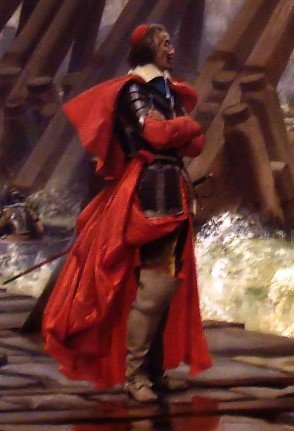
You must admit that the mix between the soldier armour and the cardinal robe gives him a swagger fit for a superhero!
On the left, in contrast to the Cardinal, you have a group of three monks. One of them holds the cardinal's hat (who would have been blown away by the wind) and the two others listen to a half-hidden soldier explaining what is going on. And a lot is going on!
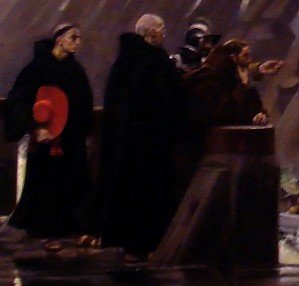
Behind those huge aggressive wooden beams, a battle is raging. English ships are being battered by fire and by the rough sea. There are a few rowing boats at sea, trying to break through as well. But it's unlikely.
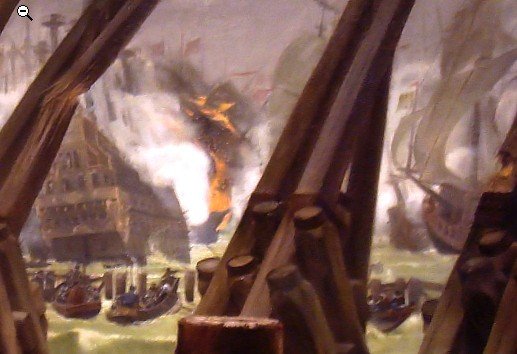
The way the painting is staged, you immediately know who is winning. Cardinal Richelieu is on solid ground, on the pier, and immobile. It's as if the ships are ramming, in vain, against his own chest. And they are effectively bounced back! The beams are nothing more than the extension of the will and the power of the Cardinal.
Due to the perspective, the Cardinal is the biggest character visible. Behind him is the other group previously mentioned, who are barely spectators.
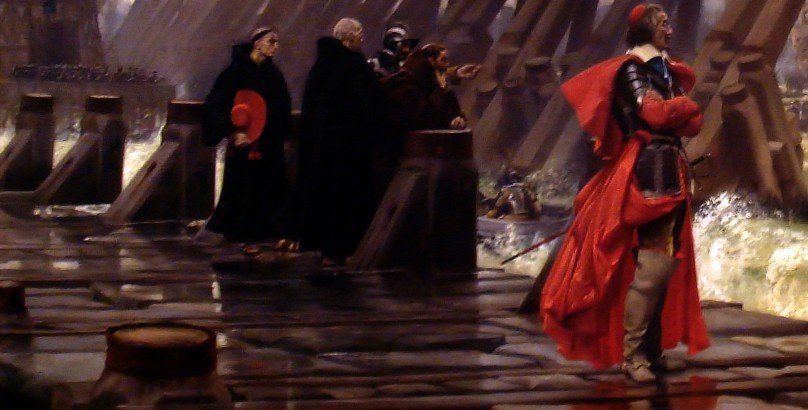
AND if you squint a bit, you can see another group of people, far in the distance on the left, soldiers obviously at the foot of a tower, who are obviously fighting against the landing. But their size and their position means that they are nothing in comparison with the Cardinal himself!
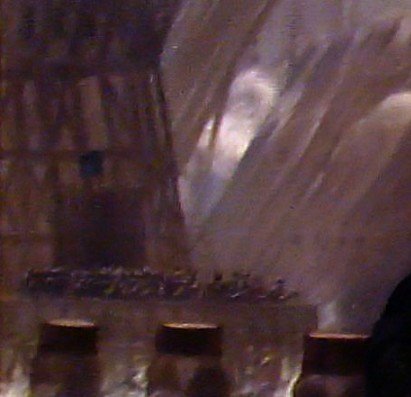
In conclusion, the effect produced is one where the Cardinal is not only the great planner-master of this battle, but also at the forefront in the trenches. Someone who is not afraid of exposing himself, even if obviously some cannonballs could hit him, like the one which has fallen a few feet away from him on the pier :
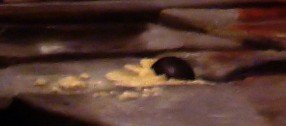
The historical context
Painted more than 250 years after the real siege of La Rochelle, this painting is inspired by the events which took place in La Rochelle between September 1627 and October 1628.
Cardinal of Richelieu was the Prime minister of the King Louis XIII of France. He was intent on crushing the Protestants in the kingdom, who had been given, in his view, too much rights by the Edit of Nantes (by the own father of his king!). La Rochelle was at that time the "capital" of the French protestants and Richelieu threw everything he had at it in order to subdue it.
But since it was a major port, the city could be easily supplied by sea by the English fleet. So, Richelieu ordered the construction of a 1400 meters long seawall in order to block access to the city by sea!
Here is the master plan of the engineer in charge of the building :
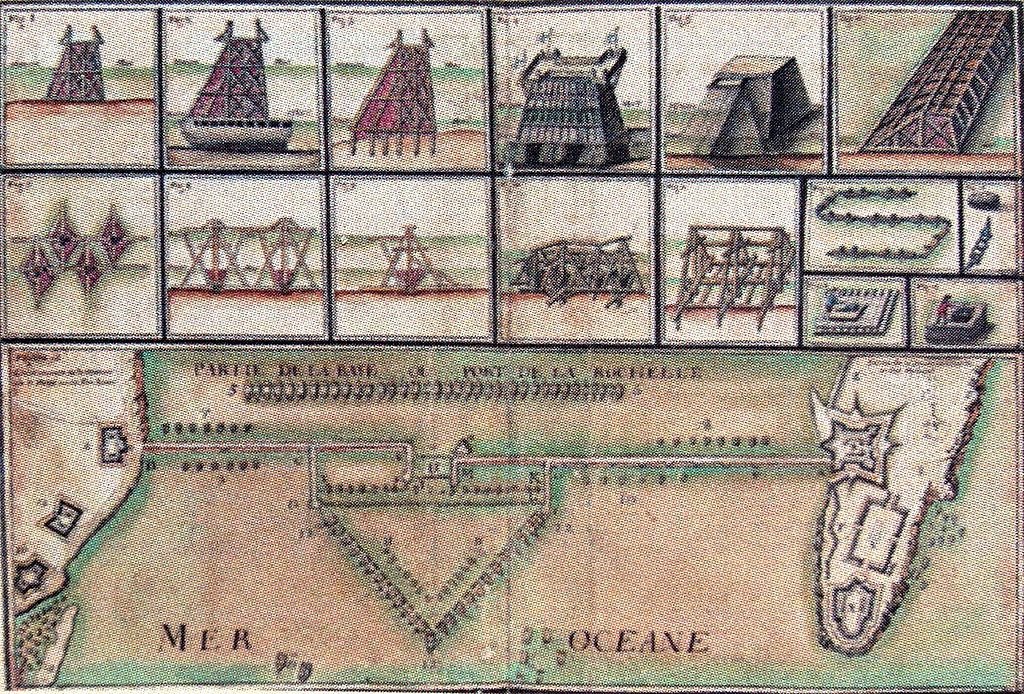
It took 4000 men, a great number of sunken ships and four months to build the huge fortification. By March 1628, the city was completely surrounded and no ship could enter La Rochelle harbour. By October, La Rochelle was no more than a shell: out of 27 000 residents, only 5000 were still alive when the city surrendered.
The Cardinal of Richelieu had won a crushing and complete victory.
The cardinal and his (14!) cats
Maybe a lot of you know the name of Richelieu thanks to the novel "The Three Musketeers" by Alexandre Dumas.

This novel has done a lot to cement the image of Cardinal Richelieu has an epic villain, the epitome of the absolutist regent, the puppet master in whose hands reside the fate of countries and entire populations.
The thing is that he was extremely ruthless and ambitious and intelligent. He was in charge from 1624 until his death in 1642 and is credited almost unanimously as the creator of France as a modern state. He paved the way for the preeminence of the French kingdom under Louis XIV through his relentless activities in political, economical and artisitc matters.
And also, I can't let pass the fact that he was a great friend of cats. Historians say he always had a cat on his lap when he was working, and at the time of death he had as much as 14 cats at home! And their names are even scrupulously registered.
